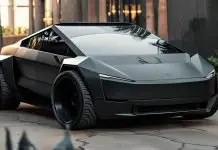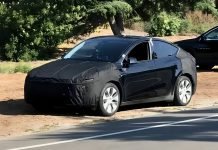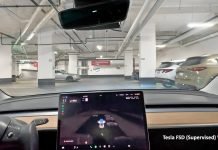Toyota has recently faced scrutiny from environmentalist groups for its measured approach towards fully electric vehicles. The company, however, holds steadfast to the belief that battery-electric vehicles are just one piece of the puzzle in crafting a sustainable and carbon-neutral future.
Toyota’s ambitious goal is to roll out 3.5 million electric vehicles by 2030, a substantial leap that would represent over a third of its current sales, in a landscape where many competitors are pledging to exclusively offer electric vehicles.
In this article, we’ll explore Toyota’s distinctive strategy, underlining the automaker’s commitment to a multifaceted approach in the pursuit of a cleaner and more sustainable automotive future.
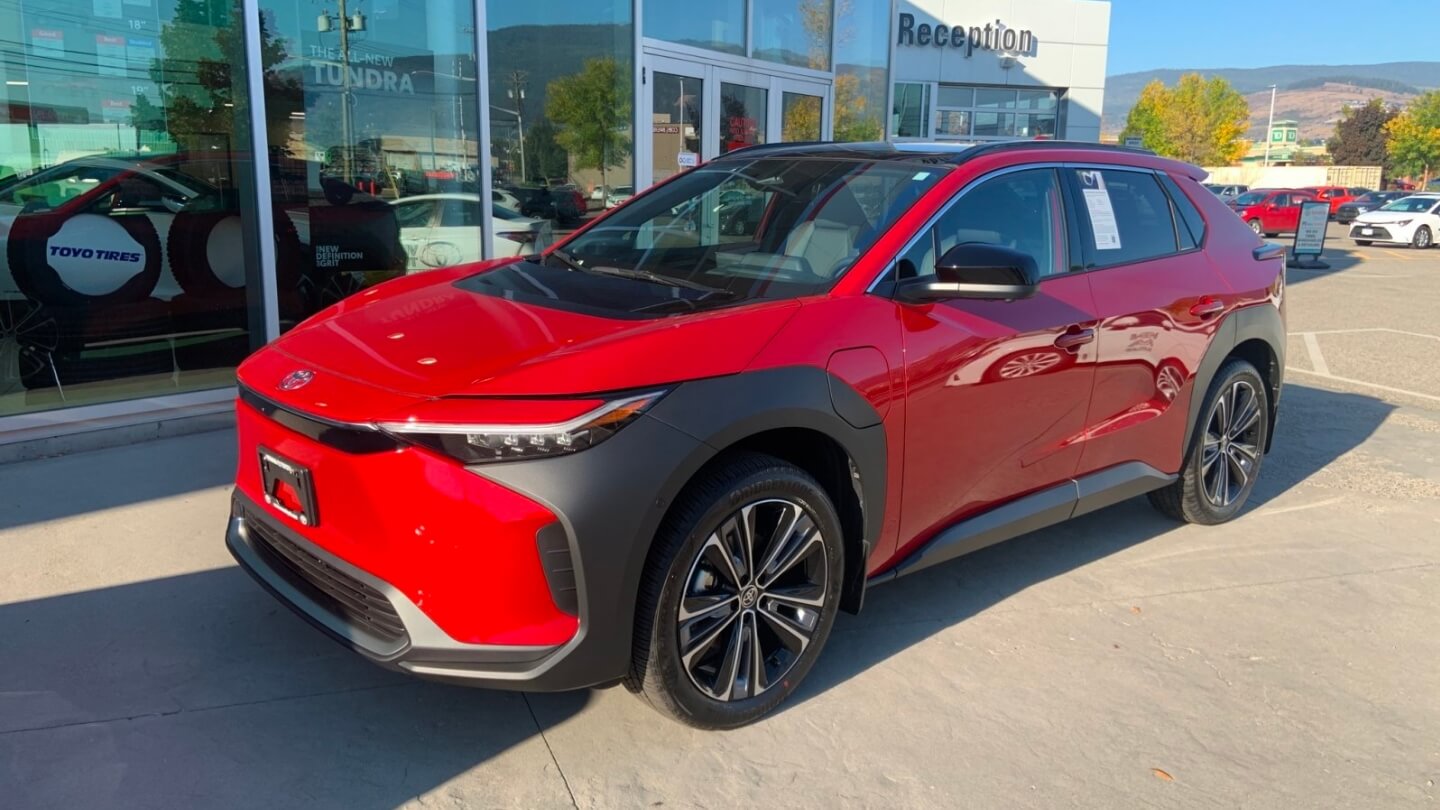
Table of Contents
Why Toyota Prefers Hybrids Over Electric Vehicles
Toyota is more committed to selling Hybrid vehicles instead of Electric Vehicles because of the 1:6:90 rule in its classified document to the dealer “The number of raw materials in one long-range battery electric vehicle could instead be used to make 6 plug-in hybrid electric vehicles or 90 hybrid electric vehicles. For the same limited resources, instead of replacing one internal combustion engine vehicle, you can replace 90. The overall carbon reduction of those 90 hybrids over their lifetimes is 37 times as much as a single-battery electric vehicle.”
Another argument set by Toyota is that the company’s strategic rationale is well-founded, as not all regions of the world will uniformly embrace EVs at the same rate, primarily owing to the considerable cost associated with these vehicles and the inadequate infrastructure in place.
“For as much as people want to talk about EVs, the marketplace isn’t mature enough and ready enough … at this level, we would need to have a mass movement,” said Jack Hollis, executive vice president of sales at Toyota Motor North America.
Not only this but AutoPacific Analysis Manager Paul Waatti an Industry Analysis Manager, contends that Toyota maintains a decidedly conservative stance concerning electric vehicles. However, he posits that such a cautious approach may not necessarily be detrimental for an automotive giant of its stature. He said, “I think they’re hedging their bets,” he said.
“From a global perspective, a lot of markets are moving at different paces. The U.S. is slower than Europe and China in EV adoption but there are other markets where there’s no infrastructure at all. To take a varied approach in powertrains makes sense for a global automaker.”
Sounds practical but it isn’t aligned with the world today because BEVs have become the top priority for many people. There are a few concerns with Hybrid vehicles i.e., the complex electronics, reduced fuel efficiency over a period of time, brake system malfunctioning, and the list is long.
Toyota’s Strategic Pause in the EV Race
Toyota’s measured approach to embracing electric vehicles reflects a complex interplay of environmental, technological, and market considerations. While hybrids, a key focus for Toyota have been traditionally viewed as a stepping stone towards cleaner transportation, recent studies and environmental critiques suggest that they may not be as environmentally friendly as once thought, especially when compared to fully electric vehicles.
Toyota’s decision to prioritize hybrids appears to be a balancing act between immediate technological feasibility and long-term environmental impact. This strategy indicates Toyota’s caution in fully committing to EVs, stemming from concerns about the current limitations of EV technology, such as battery resource constraints and the global readiness of charging infrastructure.
Toyota’s reluctance to rapidly shift to an all-electric lineup also mirrors the diverse stages of EV readiness across global markets. The company’s strategy acknowledges the uneven pace of EV adoption, influenced by regional disparities in infrastructure, economic factors, and consumer preferences. By maintaining a diverse portfolio that includes hybrids, Toyota is positioning itself to cater to a wide range of market conditions and consumer needs.
This approach, while seemingly at odds with the more aggressive EV strategies of competitors, is a reflection of Toyota’s assessment of the current global automotive landscape. It’s a strategy that suggests a careful, albeit conservative, approach to the transition towards more sustainable automotive solutions, considering both the potential environmental benefits and the practical challenges of a rapid shift to full electrification.
Challenges in Toyota’s Transition to Electric Vehicles
In the above section, we came across the viewpoints of Toyota’s Top management as to why they don’t want to enter the EV Field. But let’s have a look at some of the potential reasons backing the decision of the management.
Critical Minerals
The surging demand for lithium, cobalt, nickel, and graphite necessitates the development of over 300 new mining operations to meet the projected battery requirements by 2035. While the United States anticipates a notable boost in battery manufacturing, the mining and mineral processing pace lags behind, potentially causing a disjunction between raw material supply and final production.
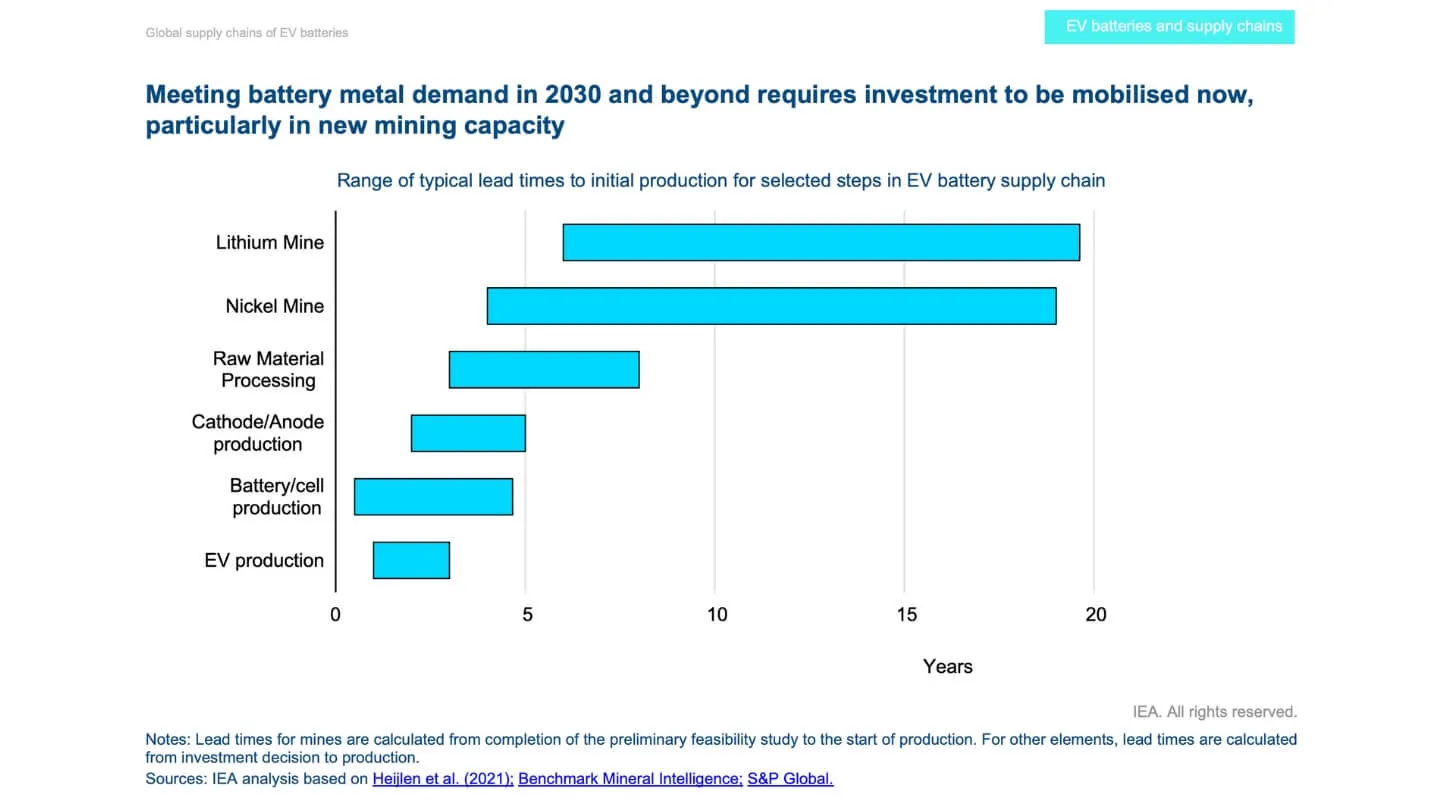
Charging Infrastructure
A mere 12% of available public charging stations are equipped with fast-charging capabilities, reducing charging times to 20-60 minutes. The majority of public chargers demand considerably longer periods, spanning from 8 to 30 hours for a full charge. Meeting the federal Zero Emission Vehicle (ZEV) sales targets mandates the installation of 1.2 million public chargers by 2030, equivalent to approximately 400 new chargers daily. In 2021, progress clocked in at approximately 50 chargers per day, in addition to the colossal requirement of 28 million private EV chargers.
Affordability
Non-battery electric vehicles come with an average price tag of $48,000, while battery electric vehicles average $58,000. Ensuring the convenience of a Battery Electric Vehicle (BEV) purchase entails consumers investing an additional $1,300 in the installation of an at-home charging solution. These pricing dynamics underline the need for measures to make electric mobility more accessible to a wider consumer base.
Cost of Toyota’s BEV and Hybrid Vehicle
Toyota’s Prius hybrid, boasting an EPA rating of up to 56 mpg combined, commences at approximately $25,000, which is notably $17,000 less than their all-electric bZ4X crossover. This cost disparity is rooted in the substantial expense associated with electric vehicle batteries, which is further exacerbated by inflation and the heightened demand for key materials like lithium, cobalt, and nickel essential for battery cell production.
During the course of the COVID-19 pandemic, raw material costs for electric vehicles more than doubled, as reported by consulting firm AlixPartners. This surge in expenses underscores the relative cost-effectiveness of Toyota’s hybrid strategy.
Toyota underscores the limitation in the availability of these critical minerals. As stated by Doug Pratt, Toyota’s Assistant Manager of Powertrain, Toyota anticipates substantial bottlenecks in global lithium supply in the coming decade. This is mirrored in the need for increased mining operations. Additionally, there is a projected bottleneck in the production of battery-grade nickel, mainly due to the rapid upswing in demand, which will necessitate more refineries.
Toyota’s cautious approach is grounded in the understanding that securing sufficient quantities of these essential minerals is poised to be a formidable challenge. As the automotive landscape evolves, Toyota aims to navigate these challenges by diversifying its portfolio and making informed, sustainable choices in the transition to cleaner mobility solutions.
Environmental Impact of Hybrid and Electric Vehicles
As the automotive world evolves towards more eco-friendly options, the rise of Plug-in Hybrid Electric Vehicles (PHEVs) has provided a middle ground for drivers who desire both sustainability and long-distance capabilities. However, recent research findings highlight a conundrum facing PHEV enthusiasts.
A 2020 study conducted by the International Council on Clean Transportation (ICCT) reveals that PHEVs tend to rely on their gasoline engines during “extra-urban driving,” diminishing their fuel efficiency advantages. Furthermore, PHEV owners often fail to charge their vehicles sufficiently to maximize electric mode usage, leading to real-world CO2 emissions exceeding regulatory limits.
A separate study from Transport & Environment underscores the weightier nature of PHEVs compared to traditional gasoline vehicles, resulting in increased fuel consumption. In this examination, we explore the dilemma confronting prospective PHEV buyers, who seek to reduce their carbon footprint while maintaining the flexibility to cover longer distances. It’s a challenge that underscores the intricate balance between sustainability and convenience in the realm of hybrid driving.
Toyota Versus Competitors in the EV Race
Toyota finds itself in the spotlight for its unique approach to sustainability. Recent critiques from environmental groups like the Sierra Club and Greenpeace have underscored the automaker’s cautious stance on electric vehicles.
These organizations argue that hybrid technology, epitomized by Toyota’s Prius, no longer aligns with green standards, given its reliance on combustion engines. Greenpeace’s recent ranking placed Toyota at the bottom among 10 automakers in decarbonization efforts, citing slow progress in emissions reduction and the limited share of zero-emission vehicles in its sales.
While industry giants like General Motors and Volkswagen have made substantial investments in all-electric vehicles, Toyota has been more measured in its approach, only recently announcing similar commitments. The automaker’s strategy continues to revolve around a diverse “electrified” portfolio, encompassing traditional hybrids and newer electric offerings like the bZ4X crossover.
Toyota’s Future Plans
Toyota views all-electric vehicles as a component of its broader strategy towards carbon neutrality rather than the sole solution. Jim Adler, the founding Managing Director of Toyota Ventures, the automaker’s venture capital arm, maintains that he doesn’t foresee battery electrics entirely dominating the market in the distant future. Instead, Toyota anticipates a mixed market where various technologies coexist.
Toyota’s executives predict that the adoption of electric vehicles will differ across the globe, influenced by factors such as energy availability, infrastructure development, and the availability of essential materials for battery production.
In addition to its commitment to hybrid and plug-in electric vehicles, Toyota has made substantial investments in hydrogen fuel cell electric vehicles, exemplified by the second generation of the Mirai. Nevertheless, fuel cell vehicles confront analogous challenges to all-electric vehicles, encompassing cost considerations, infrastructure limitations, and the need for consumer awareness.
Furthermore, Toyota is exploring the potential of e-fuels, regarded as a climate-neutral alternative to gasoline in conventional, non-electric vehicles. This multi-pronged approach underscores Toyota’s commitment to sustainable transportation solutions that align with the evolving needs of the global market.
Conclusion
Toyota and its conundrum saga regarding the feasibility of the EV world isn’t playing well for its sustainable commitment. It also gives the rival brands a chance to pin the company and build their victory forts. It is evident to note how the Hybrid technology will hold the fort for Toyota in the years to come.

